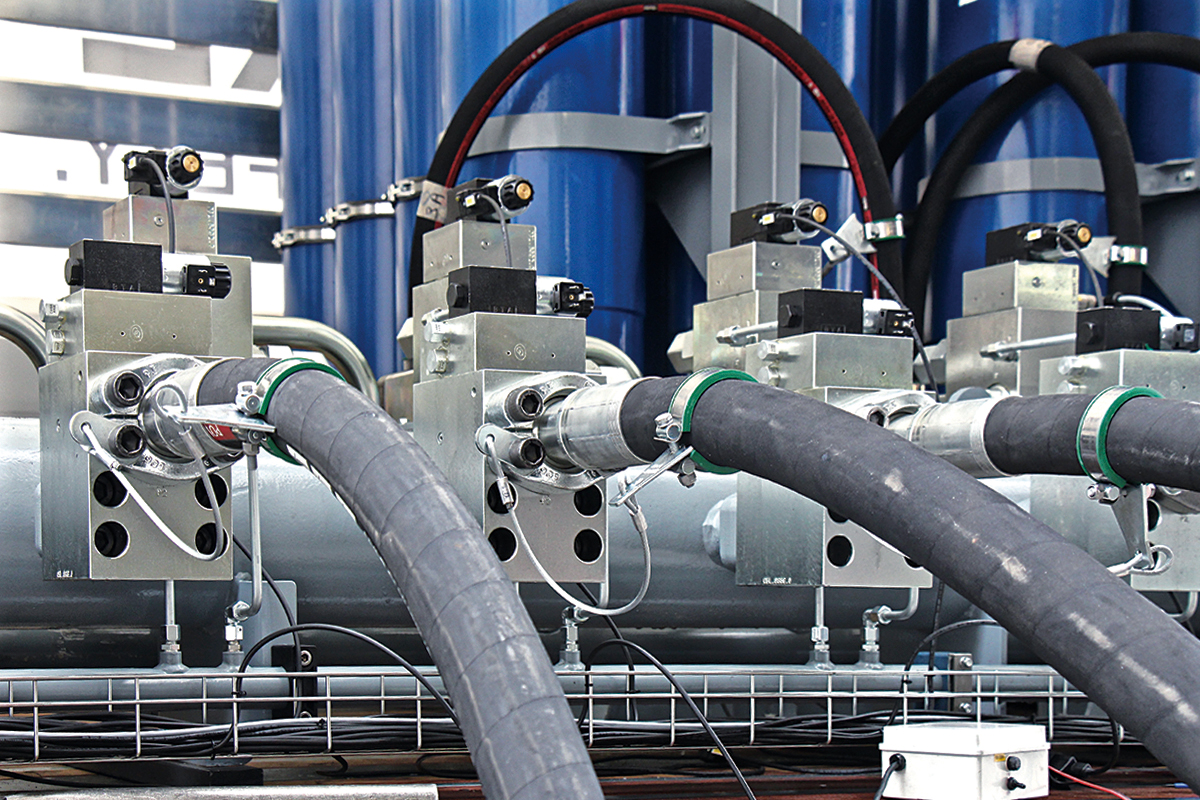OBJECTIVES
Provision of access to the following infrastructure:
EUCENTRE
Name of the infrastructure and its installations:
(1) 9DLAB Shaking Table and (2) MOBILAB
Location of the infrastructure:
Via Ferrata 1, 27100 Pavia (PV), Italy
Web site address:
https://www.eucentre.it
Reference contact for potential TA user groups:
Gerard J. O’Reilly – gerard.oreilly@iusspavia.it
DESCRIPTION OF THE INFRASTRUCTURE:
The EUCENTRE Foundation is a non-profit organisation that promotes, supports and sustains training and research in the field of seismic risk mitigation and houses leading experimental facilities in the field of earthquake engineering. IUSS is one of just five post-graduate Schools of Excellence for Advanced Studies recognized by the Italian Government to develop cutting-edge research and deliver advanced MSc and PhD programmes. IUSS is one of the key players in risk reduction based in Pavia and has proven itself over the years as a leading institution in advanced training and research within the field of natural hazards. Through its Centre for Training and Research on Reduction of Seismic Risk (ROSE Centre, http://www.iusspavia.it/rose), it collaborates closely with the European Centre for Training and Research in Earthquake Engineering (EUCENTRE) Foundation, also in Pavia. The latest additions to its experimental testing array, which are offered as part of ERIES, comprise two installations:
1. 9DLAB SHAKING TABLE
These two installations recently arrived as part of IUSS’s prestigious “Department of Excellence” project funded by the Italian Ministry for University and Research and are housed as part of the EUCENTRE’s facilities.
The 9DLAB shaking table has been designed according to the most innovative technologies targeting the capability to reproduce the multi-directional absolute floor motions at various levels of building structures excited by earthquake ground motions. The system is composed of a six degree of freedom (6DOF) shaking table, which has been implemented with an additional 3DOF grid platform at 4m height to give an overall system known as the 9DLAB (shown below). It gives the possibility to represent two adjacent floor levels in a building and a total of 14 actuators ensure the capacity of the system in terms of acceleration, velocity and displacement. The structure of the base table is a honeycomb like steel network to ensure high stiffness and a reduced mass, compatible with the forces developed during the structural tests, the 6DOF are governed by four double ended actuators for longitudinal and transversal movement and four single ended actuators for vertical movement, the overturning moment is compensated by means of two pull down actuators loaded at 1.500kN. The table size is 4.80m x 4.80m with a total stroke displacement capacity of 1m in the longitudinal and transversal directions and 0.140m in the vertical. The upper 3DOF platform is made of hollow tubular aluminium sections. Eight 0.75 x 1.00 meter square openings are available in central position which can accommodate pass through, tall, or wide, non-structural elements (e.g., heating, ventilating and air conditioning ducts) that may span more than one level. The grid platform is supported by four hollow tubular steel columns equipped with spherical swivels and it is connected with four actuators with 2m of full stroke positioned with an angle of 90° between each other. Each actuator is capable of providing 150kN of force in tension and compression and is activated by an 890l/min servo-valve operating at a pressure of 28MPa, thereby allowing a peak horizontal velocity of 3m/s at the top platform and 2m/s at the base shaking table. The grid platform size is 5.00m x 7.00m. The interstorey displacement of the system is limited by the rotational capability of the swivels and is ±1.70m in the longitudinal direction and ±1.1m in the transversal direction. A closed loop RT control on single DOF drives the testing facility simulations. Data can be recorded using an acquisition system of 150-channels (18-bit Analog-digital converter), a contactless machine-vision system for displacement monitoring is also available for shake table testing.
The 9DLAB shaking table provides a high level of flexibility for the real-time seismic testing of non-structural elements. All types of non-structural elements can be investigated by this test frame. Free-standing components that are mainly influenced by horizontal accelerations can be positioned on the upper testing grid. Architectural components that are mainly influenced by interstorey drifts, such as partition walls, can be inserted between the shaking table and the upper-level testing grid. Finally, non-structural elements that are influenced by both accelerations and drifts, such as pressurized piping systems found in industrial plants and suspended ceilings in office environments, can be run into various geometrical configurations and attached to various support points. Non-structural elements spanning over large horizontal areas (e.g., sprinkler piping systems) can be tested with the proposed equipment by attaching stiff horizontal outriggers components to the testing grid in order to extend the testing areas of the grids and provide supplemental attachment points to the non-structural elements under test.







